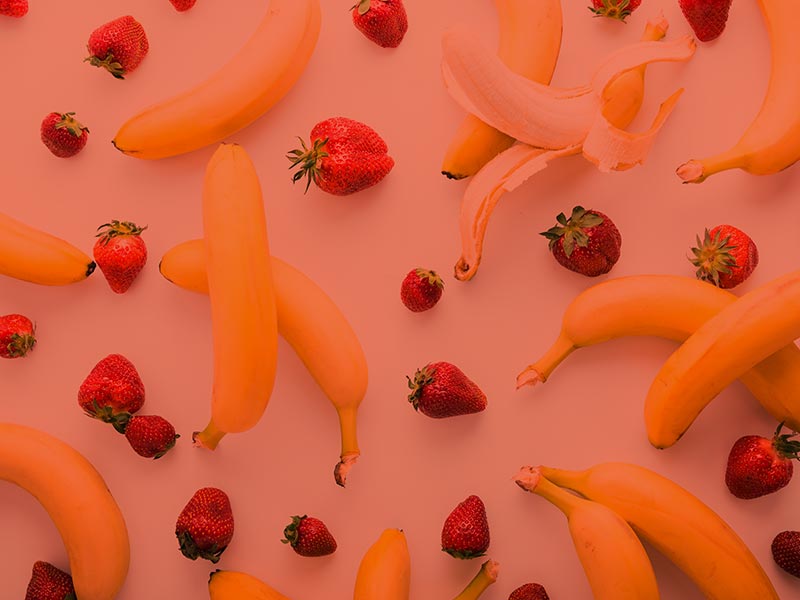We often categorize fruits based on their culinary uses, but botany tells a different story when it comes to classifying them scientifically. One of the most surprising revelations in the world of plant biology is that bananas are berries, but strawberries are not. This botanical twist can make you question everything you thought you knew about your favorite fruits.
To understand this, we need to look at the scientific definition of a berry. Botanically, a berry is a fleshy fruit produced from a single ovary and containing one or more seeds. The seeds must be embedded in the flesh of the fruit, not located externally. By this definition, bananas fit perfectly. They develop from a single ovary, and though we typically eat bananas when they’re seedless, wild bananas contain small seeds within the fruit’s flesh.
On the other hand, strawberries do not meet the botanical criteria for berries. Strawberries are actually considered “aggregate fruits.” This means that they form from multiple ovaries in a single flower, and the seeds are located on the outside of the fruit. Those tiny, crunchy bits you find on the surface of a strawberry are actually the fruit’s seeds, making it quite different from a berry by scientific standards.
The confusion about what constitutes a berry doesn’t stop there. Other fruits we commonly call berries, such as raspberries and blackberries, also fail to meet the botanical definition. Like strawberries, they are aggregate fruits. In contrast, fruits like cucumbers, kiwis, and even tomatoes are true berries under the botanical definition.
This classification might seem strange, but it highlights how our everyday language can differ from scientific terminology. While we use the word “berry” to describe small, juicy fruits that we enjoy in desserts and smoothies, botanists rely on more precise definitions based on the structure and development of the fruit.
Next time you enjoy a fruit salad, you can impress your friends by explaining that their bananas are, in fact, berries, while their strawberries are not. This quirky fact about fruit classification serves as a reminder that nature doesn’t always follow our culinary conventions!
Related Articles
The Science of Fog—Clouds at Ground Level
Fog might seem mysterious, but it’s simply a low-lying cloud that forms when moist air cools rapidly. When warm air meets a cold surface—like a lake or valley—the water vapor condenses into tiny...
The History of Typewriters—The Machine That Changed Writing
Before computers and keyboards, typewriters revolutionized the way people wrote and worked. The first practical typewriter was invented in 1868 by Christopher Latham Sholes, who also created the...
The Science Behind Static Electricity—Why Shocks Happen
Ever felt a zap when touching a doorknob or pulling off a sweater? That’s static electricity—a buildup of electric charge caused by friction. When two objects rub together (like socks on a carpet),...





